Love hurts, especially in the emotional minefield that is middle school. A 13-year-old’s frail confidence takes a nosedive when she’s ignored by the boy she kissed the night before. An eighth-grader logs on to Facebook to discover that his girlfriend “is single.” An 11-year-old’s text to her crush goes viral. An overly possessive 14-year-old accuses his girlfriend of cheating. Most adults, especially parents, would insist these kids are too young to fall in love.
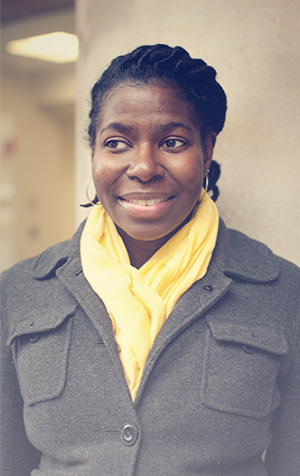
In her three years driving the Start Strong initiative, Nicole Daley has attracted national press attention with events called “breakup summits.” Photo by Kathleen Dooher
As director of the Boston Public Health Commission’s Start Strong initiative, Nicole Daley doesn’t judge. She works to give 11- to 14-year-olds the skills to keep their relationships and their breakups healthy and safe, and to provide the resources so they can ask for help when they need it.
“We help two people find healthy coping methods that don’t cause additional hurt, pain, or anger to their partner or themselves,” says Daley (SPH’08). In her three years driving the Start Strong initiative, Daley has attracted national press attention with events called “breakup summits.” Start Strong has also invited teenagers to rate the relationship healthiness and unhealthiness of popular song lyrics, with widely publicized results. And Daley trains Boston high school students to work as peer leaders; they then meet with middle school kids at city community centers and special events. Another program Start Strong is launching is called Engaging Men and Boys.
“We did a series of focus groups and found that young men were very open” to relationship workshops just for them, says Daley.
Even in the face of varying degrees of cultural strictures and the admonitions of adults, many kids on the cusp of puberty will pair off, stumbling along in the throes of raw emotions, raging hormones, peer pressure, and childish rages. Many will survive it with no emotional scars, but others could use a little guidance. According to the U.S. Centers for Disease Control and Prevention (CDC), risk factors for teens in unhealthy relationships include alcohol or drug use, poor anger management, a history of bullying, hanging out with violent peers, having friends in abusive relationships, or, if they suffer from depression or anxiety, learning difficulties. Daley has found that kids at the highest risk of abusive relationships have witnessed violence at home.
To Daley, who describes herself as an inner-city kid (she grew up in the Bronx), Start Strong is a straightforward approach to breaking a cycle of violence and giving kids the tools and support they need to experience relationships based on mutual respect. The largest program of its kind in the country, Start Strong is funded by a $1 million, four-year grant from the Robert Wood Johnson Foundation, in collaboration with Futures Without Violence, formerly the Family Violence Prevention Fund.
One recent survey cited by the CDC found that nearly 9 percent of high school students reported being hit, slapped, or physically hurt on purpose by a boyfriend or girlfriend during the previous year. And the same agency reports that about 22 percent of adult female and 15 percent of adult male victims of rape, physical violence, or stalking first experienced partner violence between the ages of 11 and 17.
“We’re really trying to make programs that are relevant to the lives of teens, things that they’re naturally going through in order to begin the conversation,” says Daley, who attended Wesleyan University before earning a graduate degree at the School of Public Health. Ultimately, the program’s purpose is to keep kids from hurting each other or themselves. Mostly it’s about listening, and stimulating dialogue.
When relationships go sour, teens can be ruthless and cruel, says Daley. Police had to intervene when one girl’s ex began posting inappropriate photos of her online. And the breakups can have violent fallout beyond those doing the breaking up. “We often hear stories from teens about how a breakup can result in fights at school,” she says. One partner bad-mouths the other online, and soon friends on both sides join in with vicious posts of their own.
The research on relationships among middle school children is in its infancy; most of the psychological data are from studies of college-age students or high schoolers who are already the victims of abuse, Daley says. There are no resources for scientific follow-up, but what she hears from the teens and their peer leaders is promising. A survey of those attending the most recent summit was heartening: about 69 percent reported learning “at least one new skill” on how to engage in a healthy breakup.
The breakup summits, which Daley began three years ago, are hosted each summer on a college campus, most recently Simmons College, where 250 teenagers gathered in July. “We realized that many people were talking about how young people were getting into relationships, but no one was talking about how they were ending them,” she says. “So we wanted to build that conversation on a large scale.” Those attending had a lot to talk about. In relatively healthy relationships, the breakup may be just about getting bored and feeling ready to move on. In obsessive or possessive relationships, there’s the issue of what Daley calls “safety planning,” or risk assessment. “You may not want to do a face-to-face breakup,” she says. Teens at the summits also discuss setting boundaries.
“If you know you don’t want to talk to your ex more than once a day, and you guys had the breakup conversation, and he’s calling you repeatedly, you need to talk about him stepping over that boundary,” she says, adding that breakups are always going to hurt on some level. “Breakups are just not easy. But how we define a healthy breakup is when two people are able to find healthy coping methods.”
Rating a Song’s Positive and Negative “Ingredients”
One November evening, as part of their weekly training session as peer leaders to middle school kids, a group of Boston high school students is gathered in a basement classroom at a building across from Boston Medical Center. The peer leaders, who are paid, train intensively for six weeks in the summer and are then dispatched to do after-school programs and community events with the younger kids. Along with Daley, project manager Jessica Alder is discussing what they see as the healthy or unhealthy relationship messages in the song “Dope Bitch” by Pusha T. To do that, they use Boston Start Strong’s Sound Relationships Nutritional Label, a tool that, like the nutritional labels on food, helps music consumers evaluate songs by rating them in a top-10 list of the most healthy or unhealthy lyrics. At this meeting the students are considering the song’s “ingredients”—a list of positive and negative messages—and scoring the unhealthy along with the healthy: drama or enjoyment? Possession/obsession or support? Manipulation or trust? Respect or disrespect?
Songs
of 2011
Top 10 Unhealthy
Score
- Marvin’s Room Drake 33
- Backseat New Boyz, with the Cataracs and Dev 30
- What the Hell Avril Lavigne 30
- Down on Me Jeremih, with 50 Cent 28
- Moves Like Jagger Maroon 5, with Christina Aguilera 25
- Bow Chicka Wow Wow Mike Posner, with Lil Wayne 24
- Nothing The Script 23
- Give Me Everything Pitbull, with Ne-Yo, Afrojack, & Nayer 22
- Work Out J. Cole 19
- Judas Lady Gaga 18
Top 10 Healthy
Score
- I Won’t Let Go Rascal Flatts 40
- God Gave Me You Blake Shelton 38
- Stereo Heart Gym Class Heroes, with Adam Levine 35
- I Love You This Big Scotty McCreery 33
- You Make Me Feel Cobra Starship, with Sabi 31
- Honey Bee Blake Shelton 30
- Just a Kiss Lady Antebellum 30
- Sure Thing Miguel 30
- I Do Colbie Caillat 28
- Are You Gonna Kiss Me or Not Thompson Square 26
Young people without mentors look to the media as part of their training, Start Strong peer leaders examine the healthy or unhealthy relationship messages in popular songs, and they rate them in top-10 lists.
In 2010, Start Strong’s teenage judges rated Usher’s “Lil Freak” the number-one unhealthy relationship song:
Yo buddy done f**ked up
I’ll swoop this girl up
and what I’m bout to do
He’ll feel I did him wrong
Cause I’m bout go have a ménage
With this lady and some freaks at the bar
who like f**kin’ with a star.
In the healthy relationship category, top honors in 2010 went to “If It’s Love,” by Train:
Hold our cell phones up in the air and just be glad that we made it here alive
On a spinning ball in the middle of space, I love you from your toes to your face
If it’s love
And we decide that it’s forever, no one else could do it better.
The differences between these seem straightforward, yet the teen peer leaders disagree on “Dope Bitch.”
She the Bonnie to my Clyde,
The perfect somebody on the side,
My dope bitch.
A few of the males think the song reflects admiration. The song’s narrator is saying his woman’s got his back, one student says. “But what about respect?” asks Daley. Knows when to cut up, Know when to shut the f**k up. “If he doesn’t mean disrespect by this, what does he mean?”
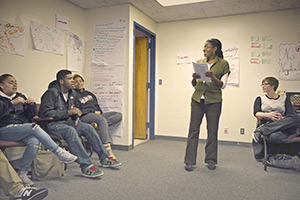
Nicole Daley works with teens at a training room at the Boston Public Health Commission. Photo by Vernon Doucette
Daley doesn’t press the kids to decide one way or the other; her job is to guide them to a view of the bigger picture. When it comes to fostering healthy relationships among young people, dialogue is everything, she says. She hopes that through sessions like these and the summer training, the high school students will become confidants, advisors, and role models to younger peers navigating relationships through a sometimes blinding fog of pop cultural influences and the universal, occasionally desperate need to be liked.
“Nicole’s commitment to young people and to meaningful youth leadership comes from her deep conviction that young people have the power to end teen dating violence,” says her former mentor at the Public Health Commission, Casey Corcoran, now program director for the Boston-based Futures Without Violence.
“Young people usually don’t have mentors,” says Rickey, a Boston high school senior who has been working with Start Strong for three years. “They look to the media—that’s the social norm.” And for girls especially, the media, particularly music, can “lead down the road to abuse instead of the sense that I deserve more,” he says.
Daley also points out that in popular media, violence is often considered to be an appropriate response to cheating. Among middle school kids, abuse “can work both ways,” says Start Strong veteran Jalisa, who is now a senior.
When the peer leaders gather with local kids at community centers or Start Strong events, most of what they do is listen, although they may give general advice, such as trying to talk things out with their parents, she says. But when peer leaders hear about even a hint of abuse or a threat of violence, “we get outside help, tell our boss, and maybe go to the police,” she says.
Start Strong research advisor Emily Rothman, an SPH associate professor and Daley’s former supervisor at SPH, says that while Start Strong relies on principles of violence prevention that have worked in other fields, they are also coming up with innovative ideas like the breakup summit.
“They’re not just doing the same-old same-old,” says Rothman. “They’re putting energy into finding new and cutting-edge ways” to promote healthy relationships, “and that gives us confidence and hope.”

































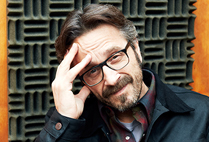

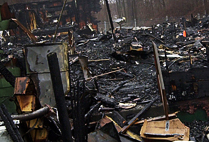
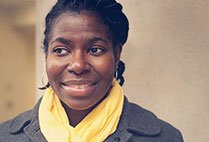
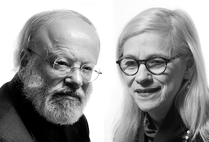
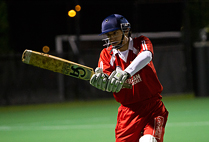









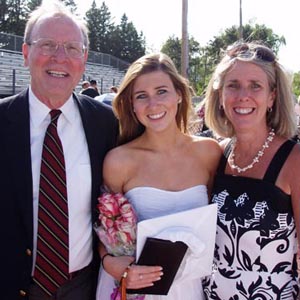
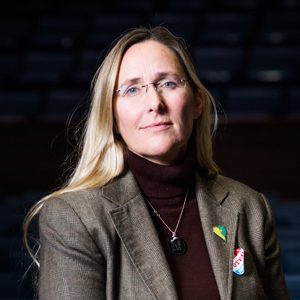
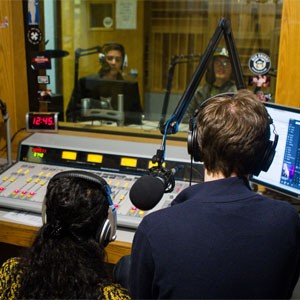
…….focusing on the aftermath of problems is one reason why this can fail to make any difference — if nobody learns anything solid enough to hold, if just “coping skills” are taught — as if there were a problem to begin with. The problem is then created out of the need to correct a perceived problem — and is failing to understand in time for things to shift gears, and progress is too slow to understand when things change. This won’t be effective until preemptive measures can be malleable enough to form with the changing of times..quickly….this may be like putting a band aid on the solution, and calling it fixed. This in and of itself will have a negative “fallout” of effects as life goes on, when sets of beliefs can render their perception near useless.